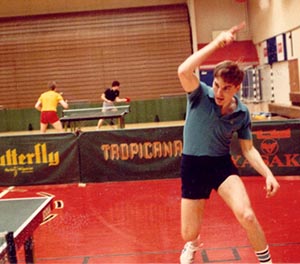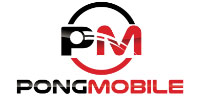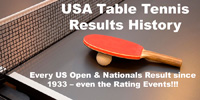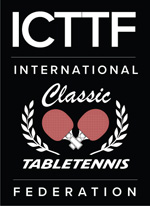The U.S. National and Pan Am Team Trials
They start today, with the qualifier today, and the main trials on Sat & Sun. Here's the USATT coverage page, with draws, results, live streaming, media coverage links, etc. Here's a three-minute video about the Trials. Good luck to everyone, and may both players in every match win!
Playing the wide angles
Why don't players focus on this more? For the great majority of shots, everything should go to one of three spots: wide backhand, wide forehand, or at the opponent's middle, i.e. playing elbow. And yet most intermediate players tend to play most shots to the middle backhand or middle forehand.
Giving examples of specific matches where this made a difference makes it sound like unique examples, when in fact this is a regular tactic that will win for you. But I'll give two good examples. At the Junior Olympics a while back, I was coaching a player who had made the final of Under 14 by upset. In the final he faced the top seed, who he'd never beaten. The top seed had a very nice serve and forehand loop. So what was the strategy? I told the player I was coaching to early on return a few serves to the wide forehand. Then the rest of the match he took the serve (mostly backspin serves) right off the bounce and basically chip it back inside the server's wide backhand. He didn't do it aggressively at all, yet this simple placement strategy completely took away the server's third ball attack, and won him the National Championship. The following year he played the same player in the Under 16 final, and using the same strategy, upset him again.


 Photo by Donna Sakai
Photo by Donna Sakai




